
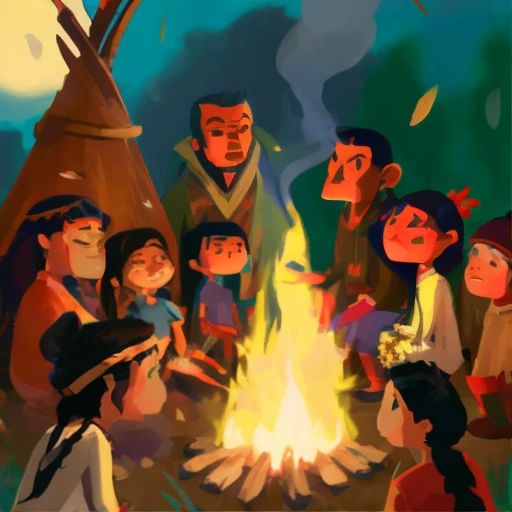
The Cherokee people were indigenous to the southeastern United States. They lived in the region that is now North Carolina, South Carolina, Tennessee, Georgia, and Alabama. The Cherokee were a matrilineal society, meaning that descent was traced through the mother's line. They were proud of their heritage and traditions, which they passed down from generation to generation.
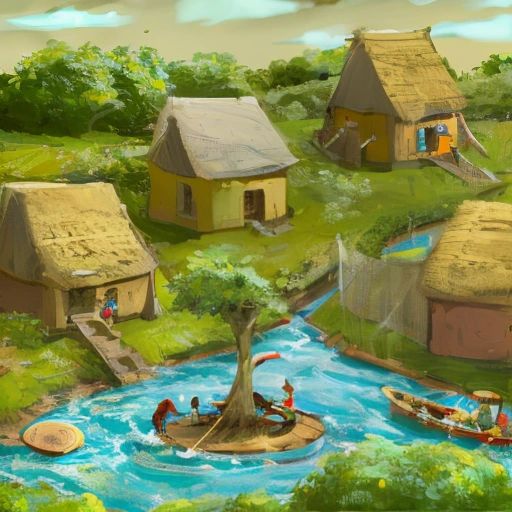
The Cherokee lived in houses made of wattle and daub, which were constructed by weaving sticks together and then covering them with a mixture of mud and clay. They built their homes in villages, which were often located near rivers or streams. The villages were self-sufficient, with each family contributing to the community.
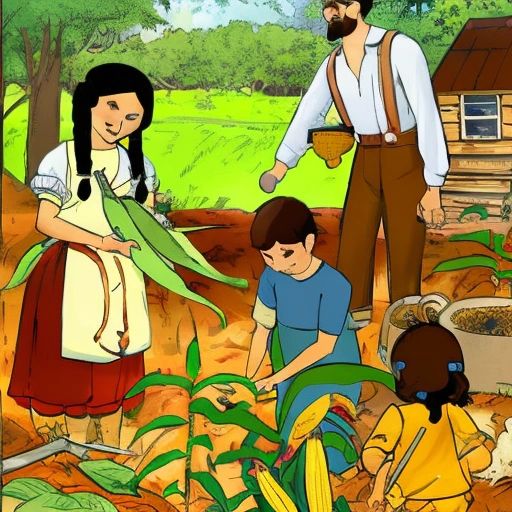
The Cherokee were skilled farmers and grew crops such as corn, beans, and squash. They also hunted game and fished in the rivers and streams. They had a deep respect for nature and believed in living in harmony with the natural world.

The Cherokee had a rich oral tradition and passed down stories and legends from generation to generation. They believed in a creator god, who they called the Great Spirit, and had a complex system of beliefs and rituals. They also had a system of government that included a council of elders who made decisions for the tribe.
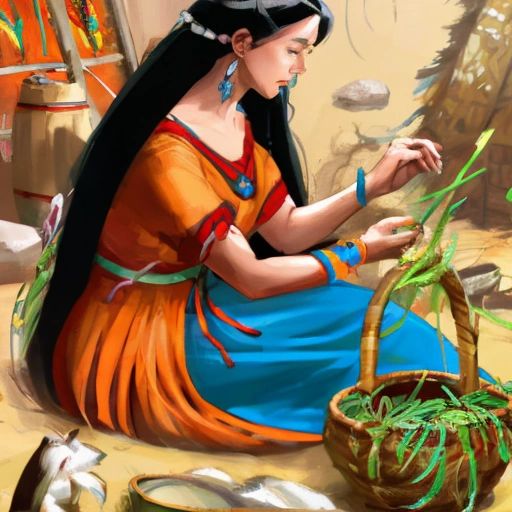
The Cherokee were known for their craftsmanship and created beautiful pottery, baskets, and beadwork. They used natural materials such as clay, reeds, and animal hides to create their art. They also used plants and herbs for medicine and healing.

Everyday life for the Cherokee was centered around their families and communities. They had a strong sense of community and worked together to ensure the well-being of everyone in the tribe. They celebrated important events such as births, weddings, and harvests with feasts and ceremonies.
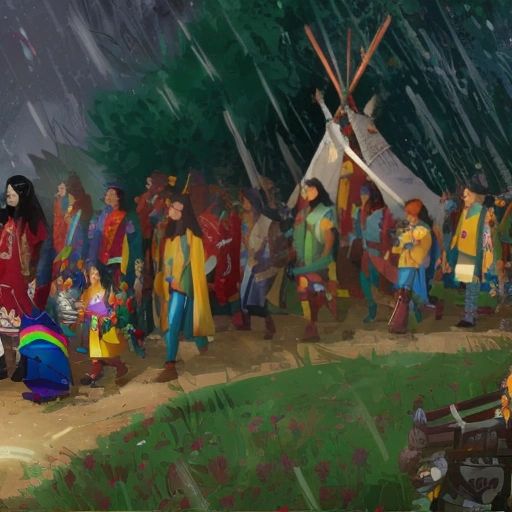
Unfortunately, the Cherokee were forcibly removed from their ancestral lands in the 1830s and forced to march westward on what is now known as the Trail of Tears. This was a tragic event in Cherokee history, and many people lost their lives. Despite this, the Cherokee people have persevered and continue to maintain their culture and traditions to this day.
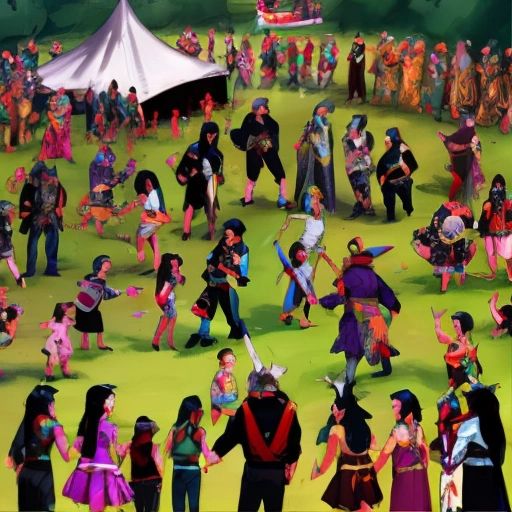
Today, many Cherokee people continue to honor their heritage and traditions. They have a strong sense of pride in their culture and work to preserve it for future generations. They celebrate their history and traditions through festivals, powwows, and other cultural events. The Cherokee people are a testament to the strength and resilience of indigenous cultures.
--:--
--:--
0/8